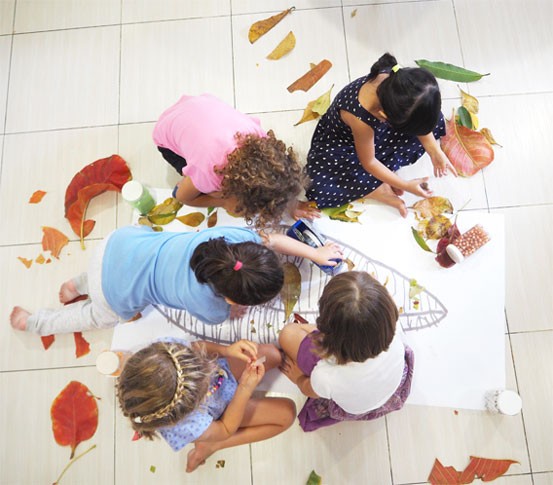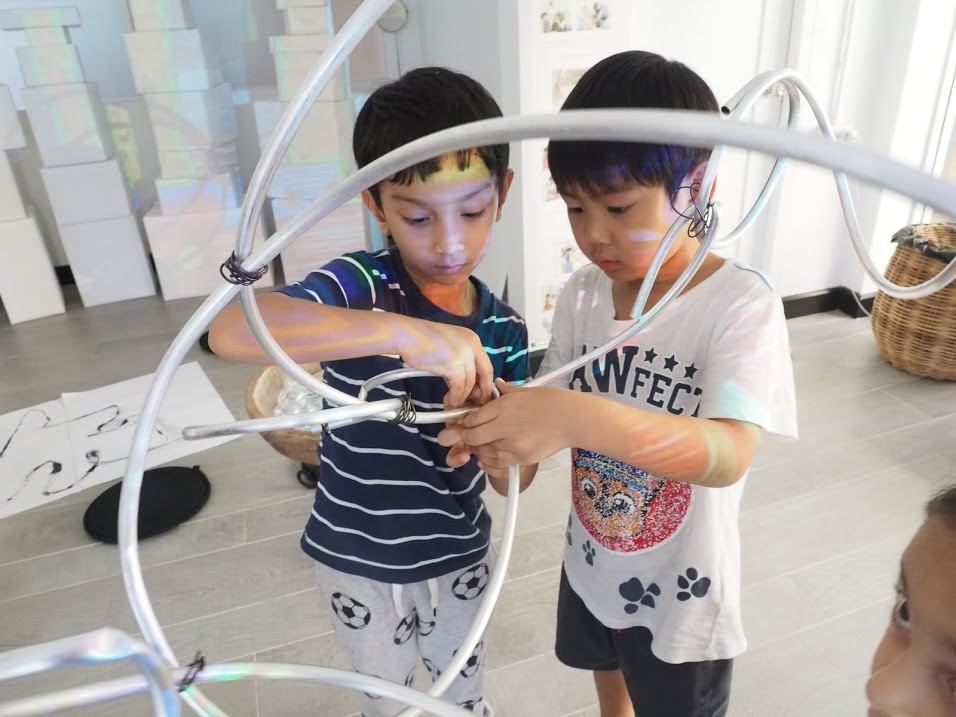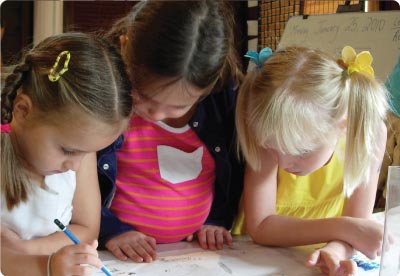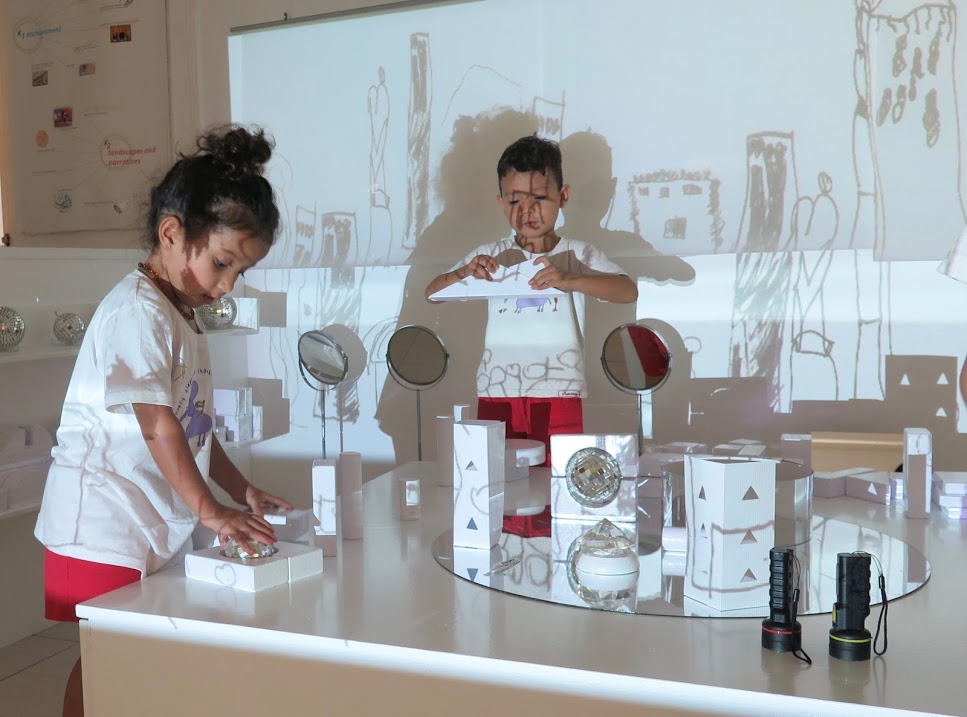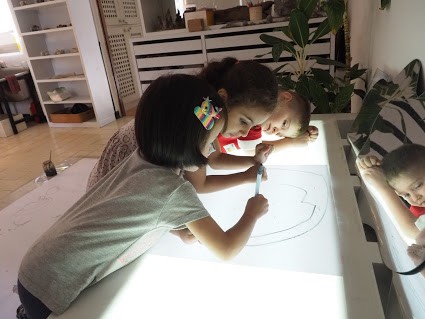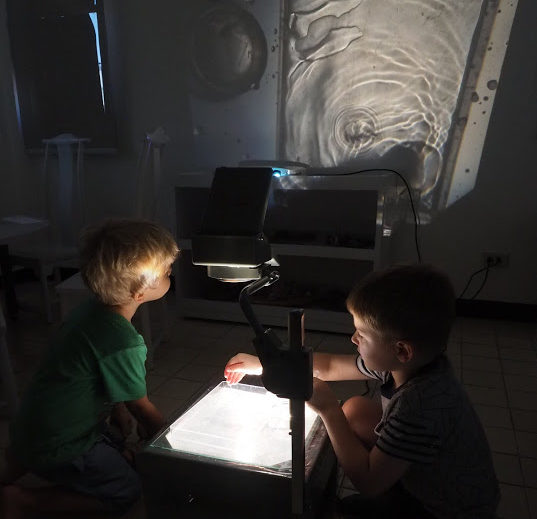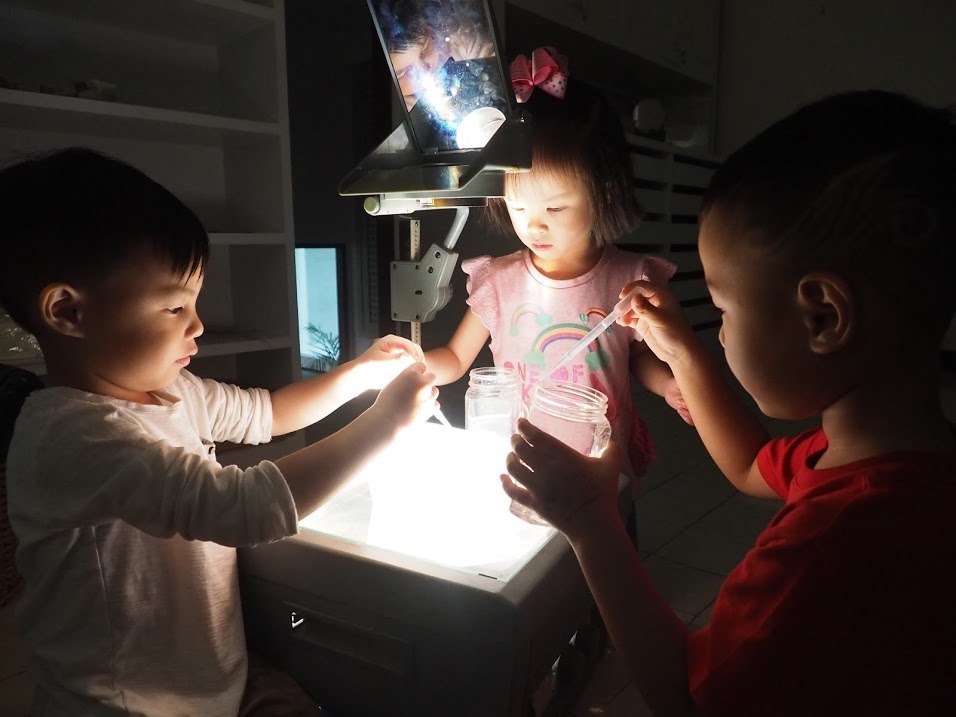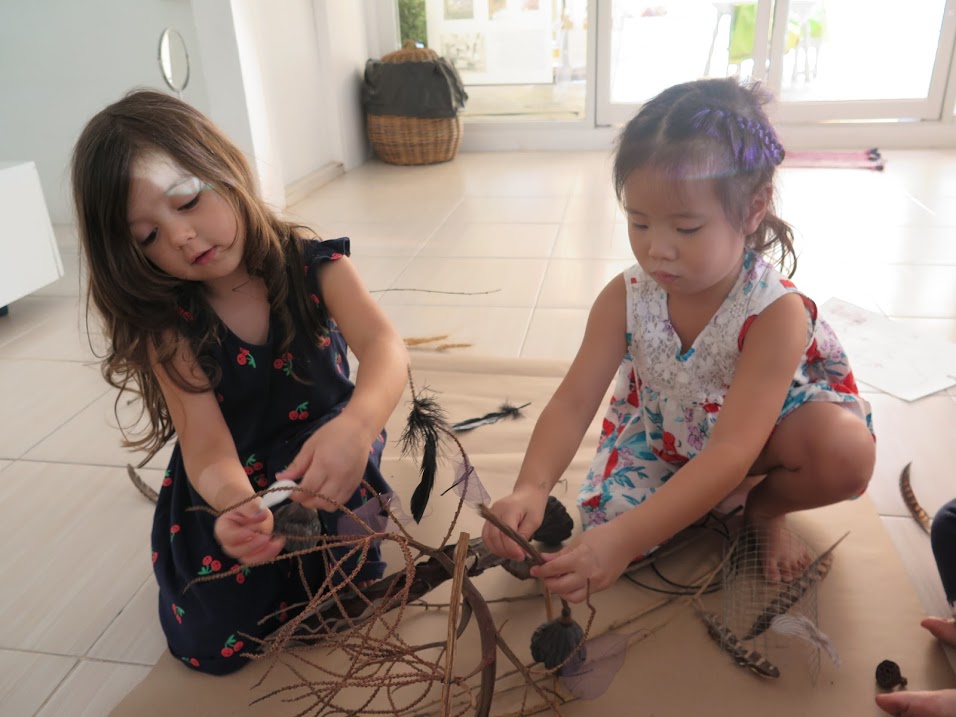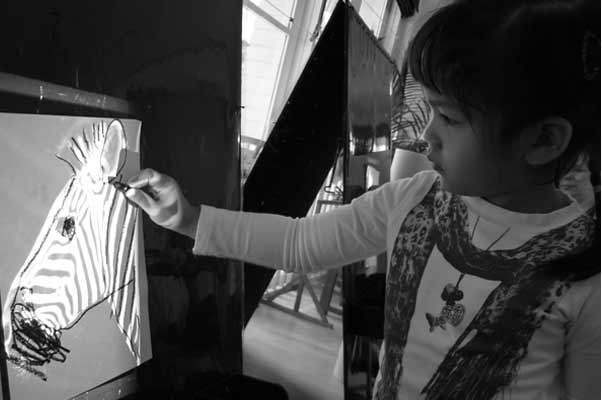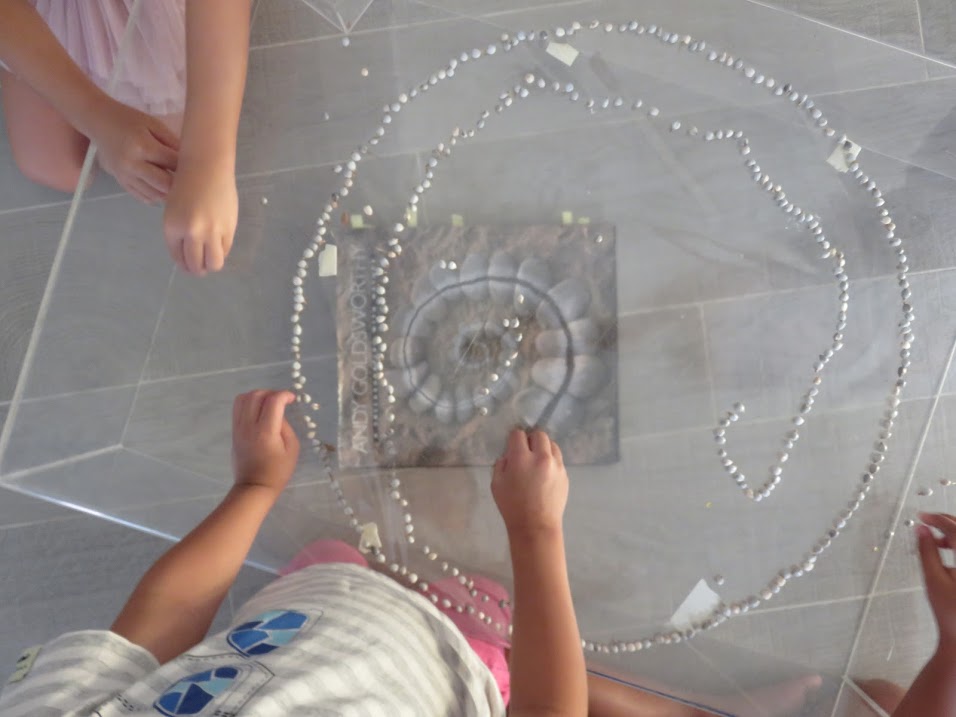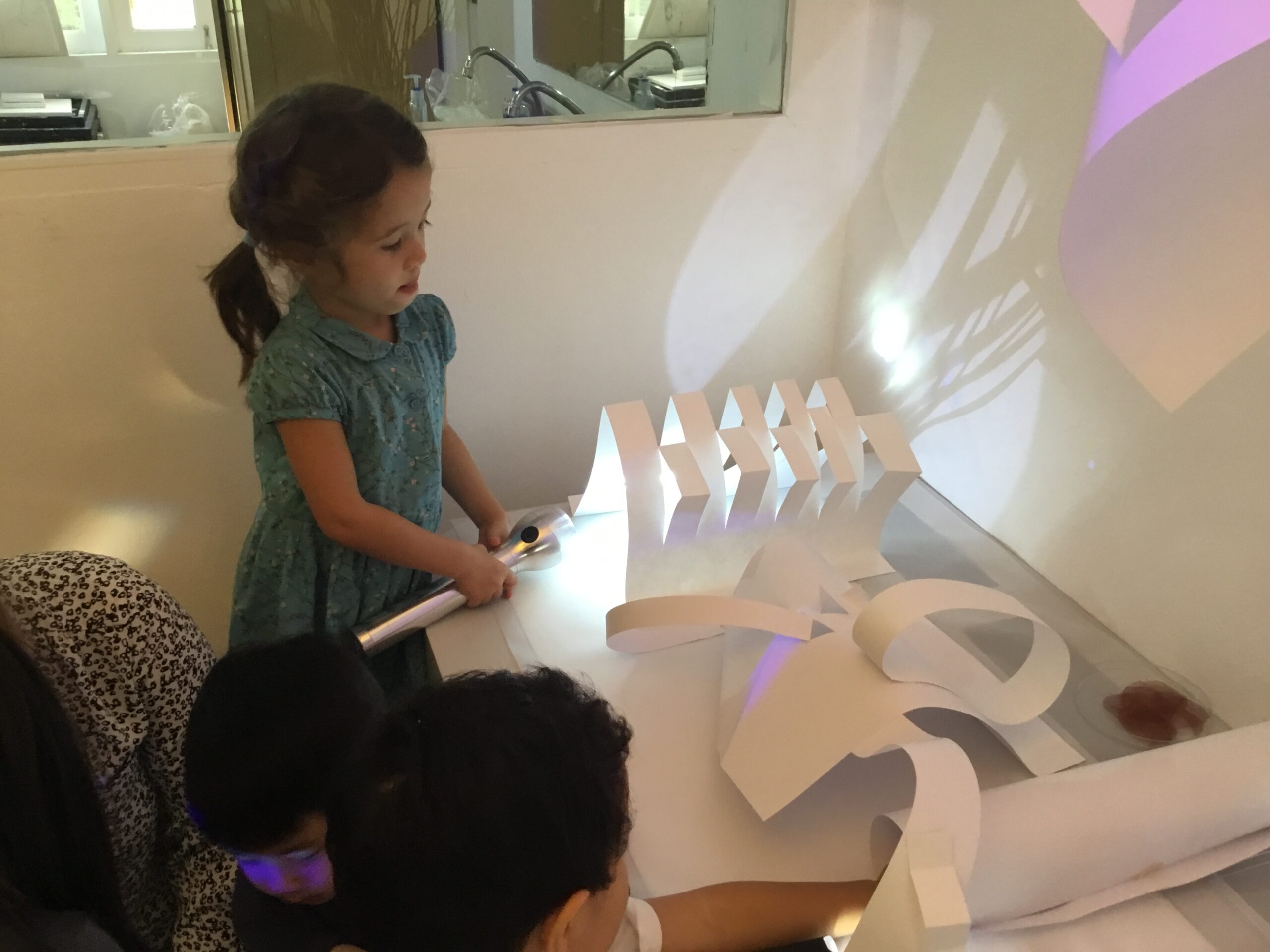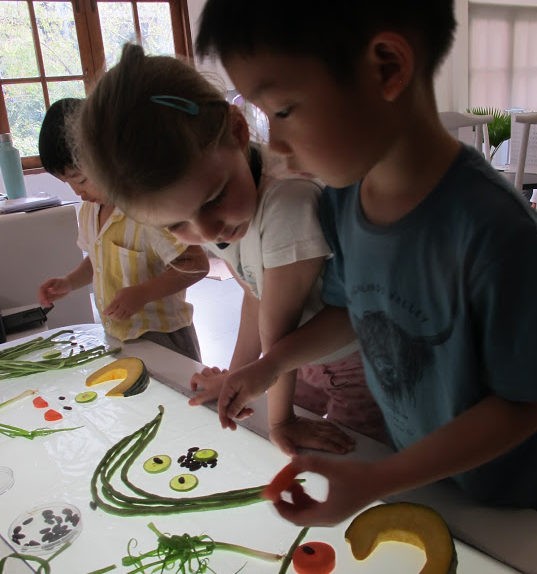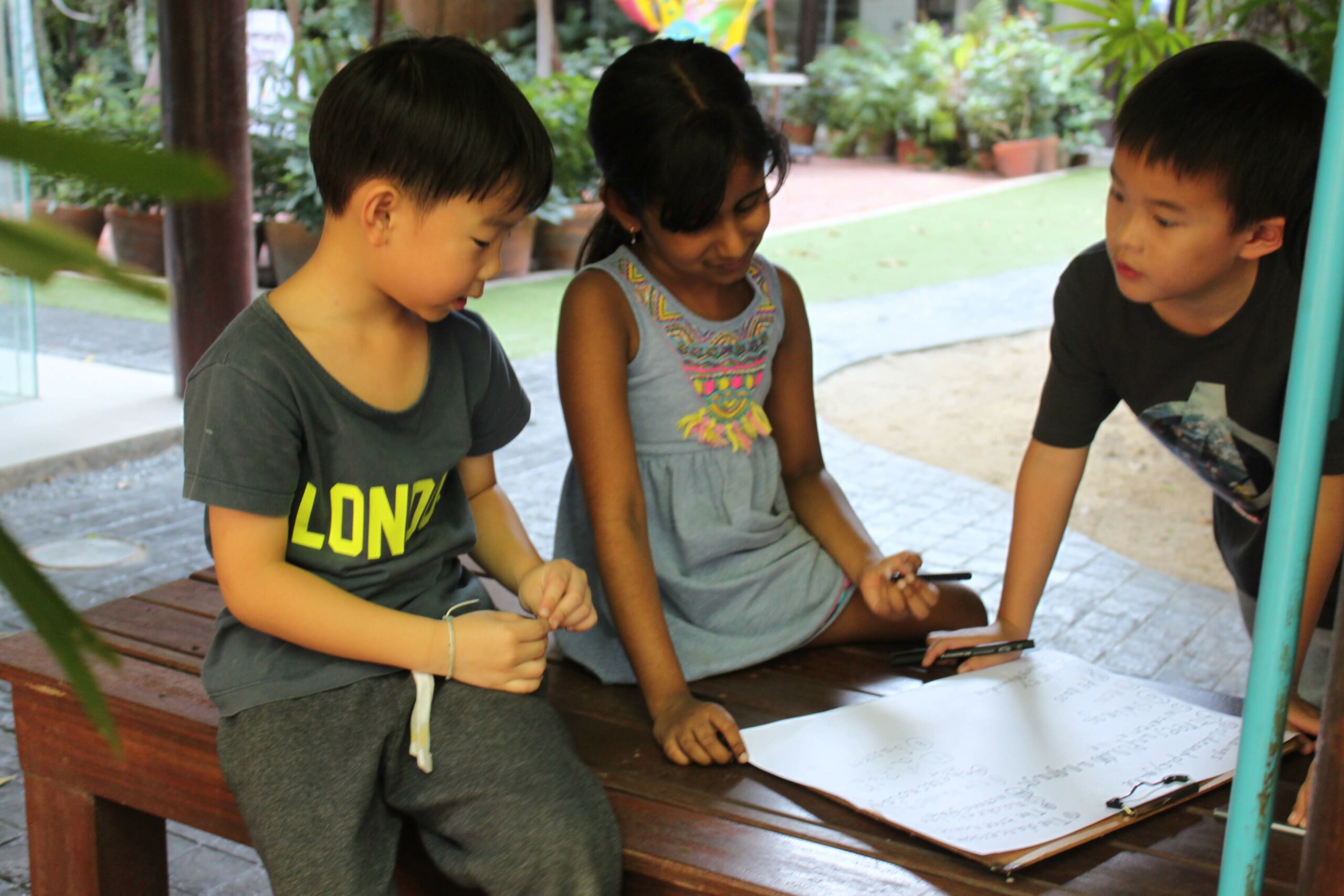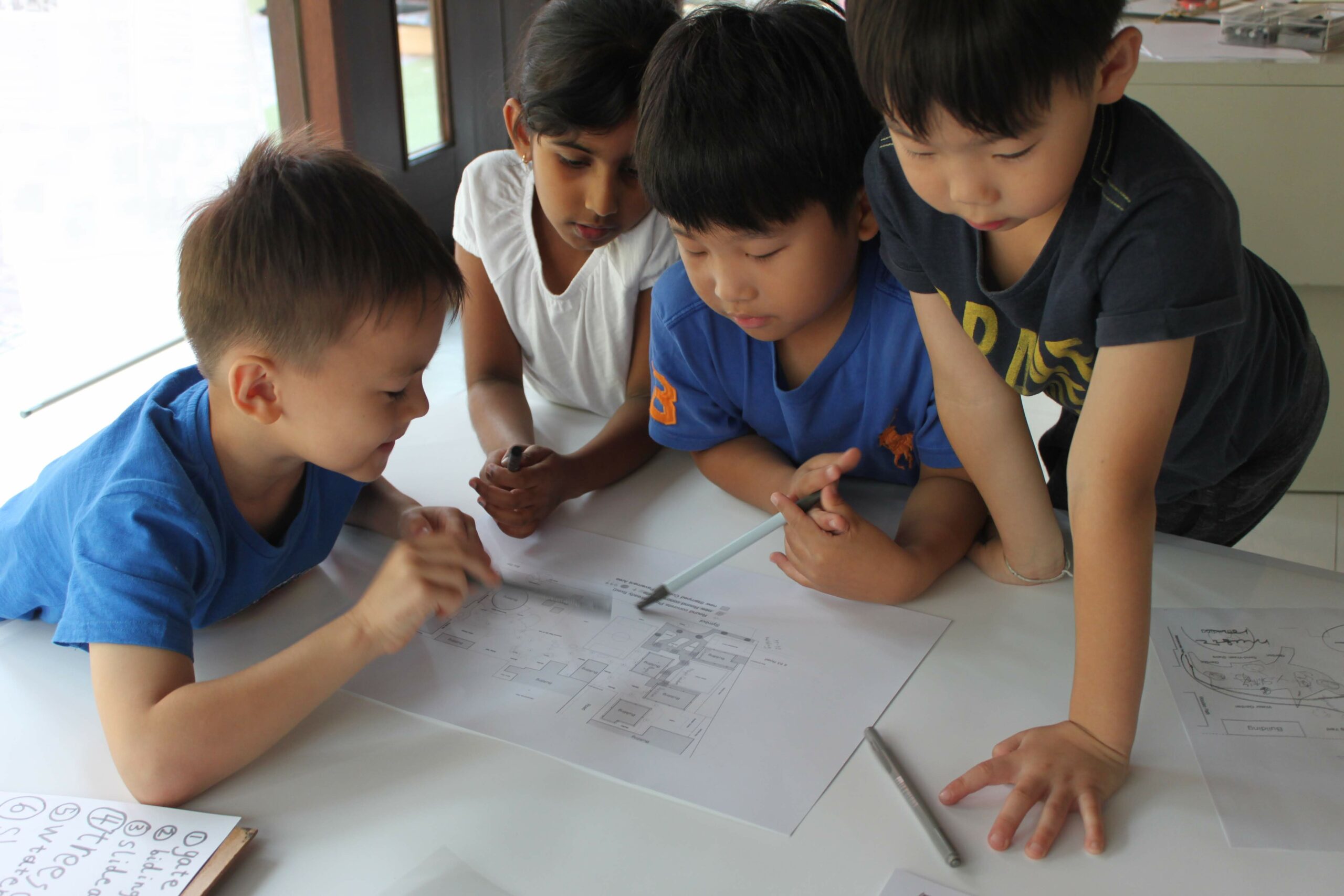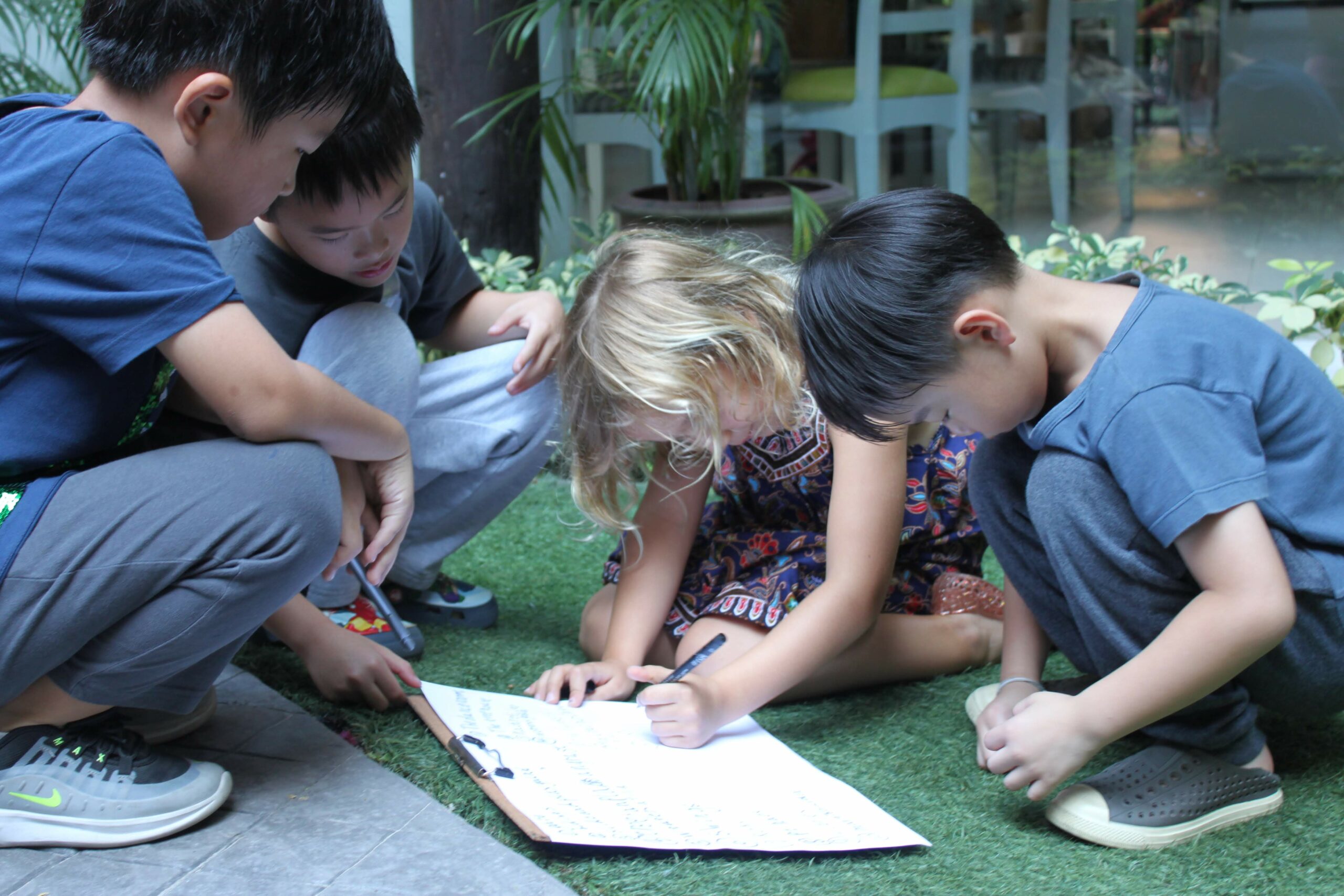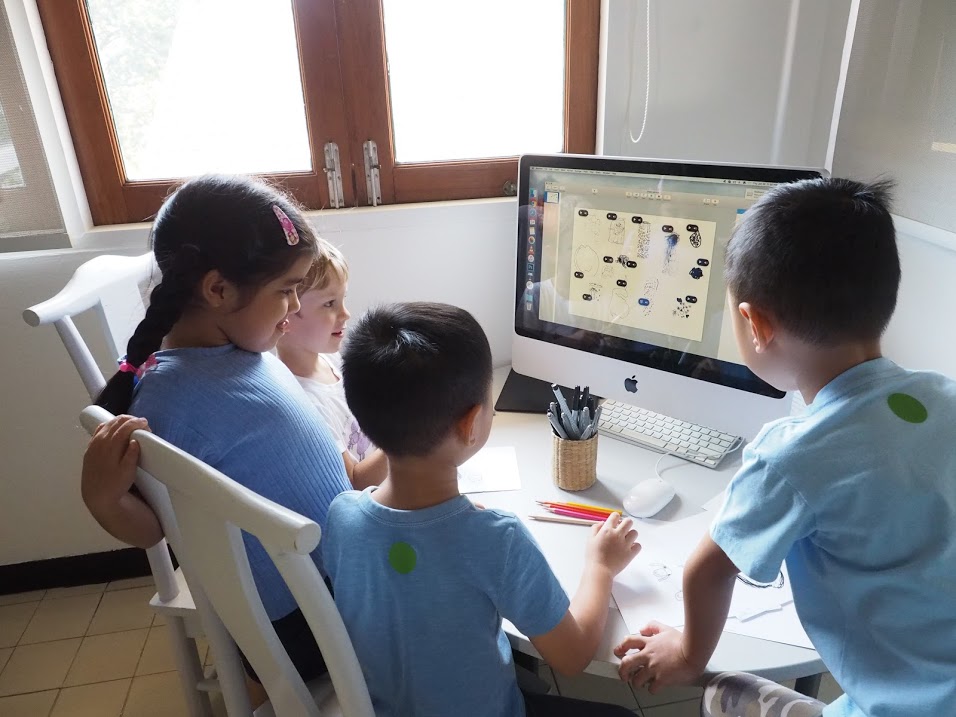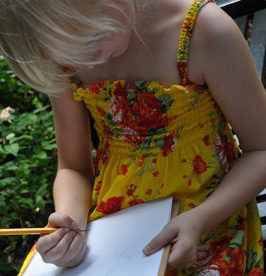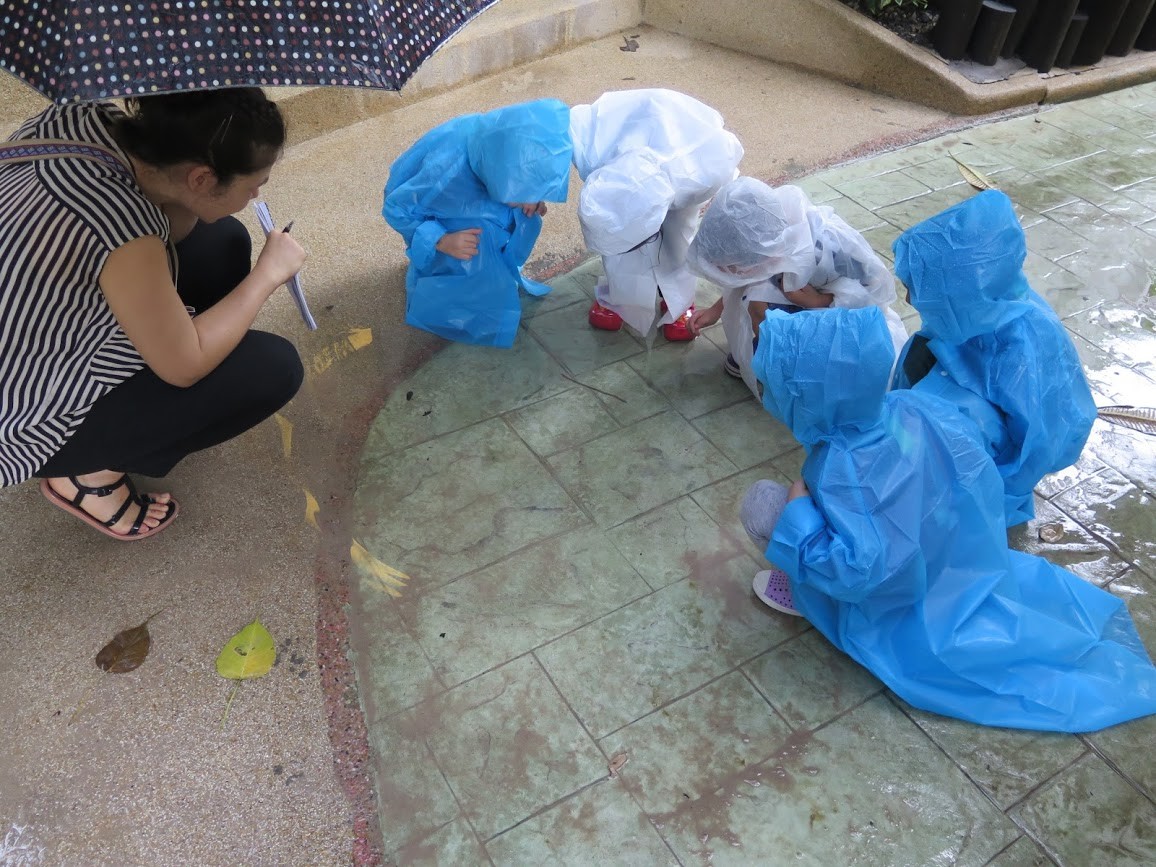curriculum of Kindergarten 2
LANDSCAPES & NARRATIONS
Belonging and contributing
Building relationships | Self sense | Sense of belonging | Self-regulation | Self-expression
Through connection-building interactions, children develop meaningful relationships that help foster a positive sense of self and a sense of belonging and contributing. Developing a sense of belonging and contributing through relationships is tied closely to children’s emotional development and ability to self-regulate.
Through a variety of experiences in which they are supported in demonstrating their competence, children further develop the capacity to understand their own emotions and to express them with consideration and respect for others, to delay gratification, and to adapt their responses. They recognize their uniqueness and their ability to make significant contributions.
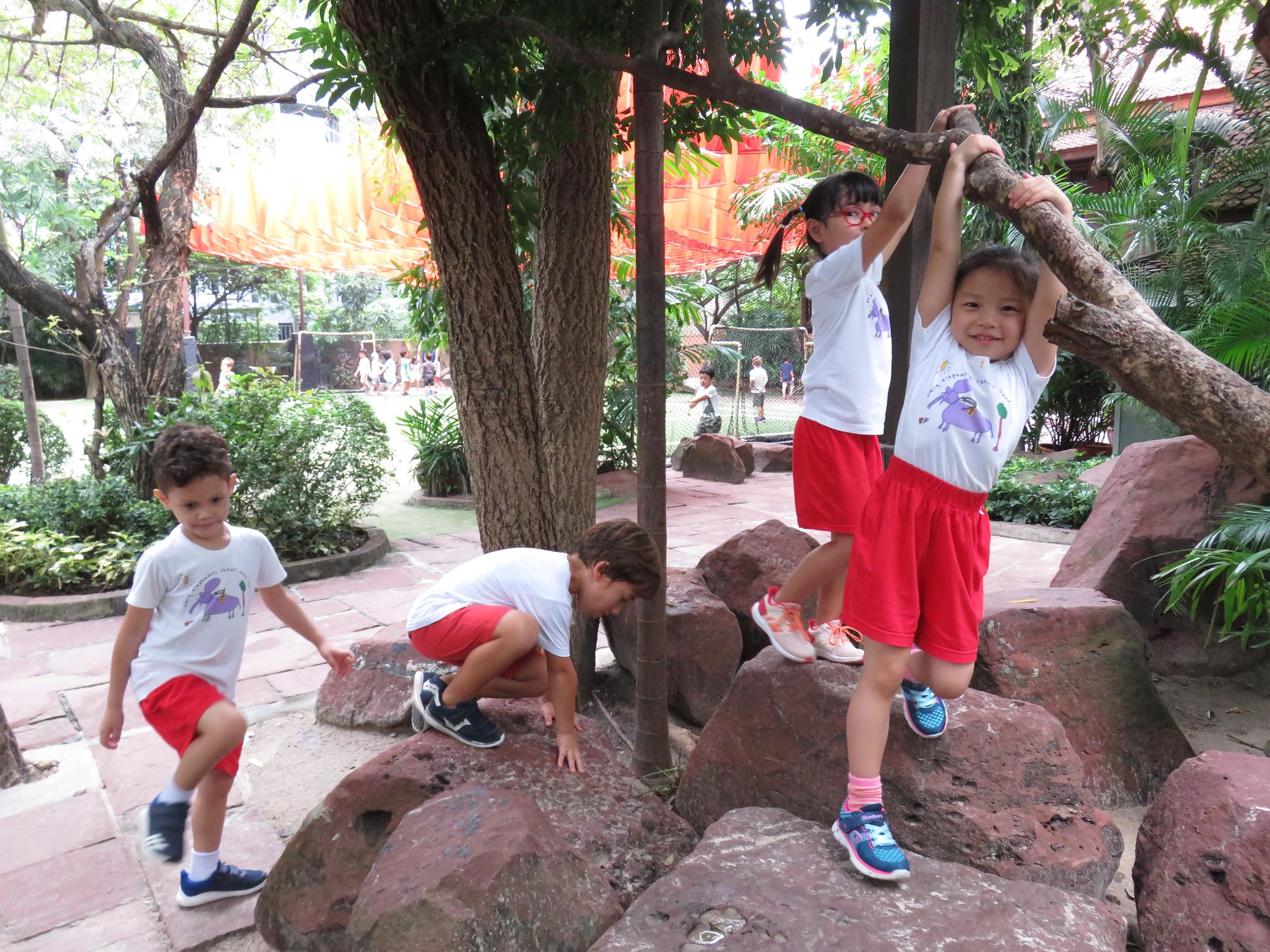
Self-regulation and well-being
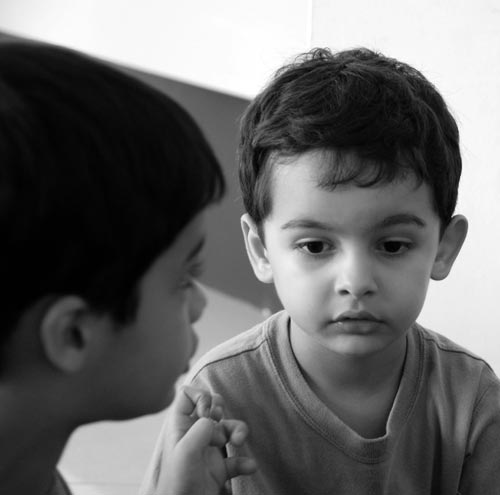
Self regulation and well being at this age supports children in knowing their own thinking and feelings, and their recognition of and respect for differences in the thinking and feelings of others. It helps them with regulating their emotions, adapting to distractions, and assessing consequences of actions in a way that enables them to engage in learning. Children better understand the role of the learning environment in helping children to be calm, focused, and alert so they are better able to learn.
Problem solving and innovating
Problem solving occurs in all contexts, not just mathematics, so that children will develop the habit of applying creative, analytical and critical thinking skills in all aspects of their lives. Children in kindergarten bring with them a capacity to wonder and imagine and ability to discover and experiment as a means of finding answers.
When children are able to explore the world around them with their natural curiosity and exuberance, they are fully engaged and see themselves as contributing members of their world. This creative approach is a central aspect of both problem solving and innovating. Children develop problem-solving strategies from first-hand explorations and from exchanging ideas with other children and with adults, all of which can help them to see things from different points of view.
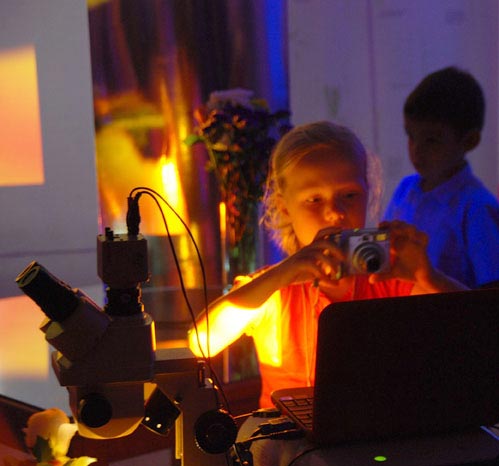
Mathematical Behaviour
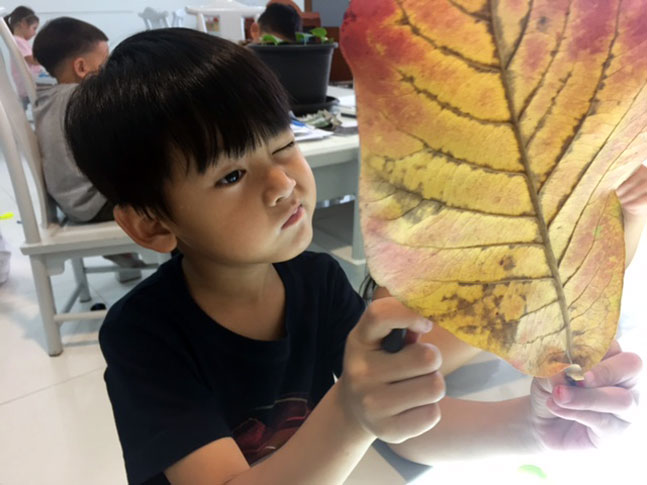
In Kindergarten 2 the children build on their prior knowledge of patterning, measurement, geometry, and data management and experience and use math intuitively to develop their understanding of numbers. Rich and relevant mathematical problems involve important ideas such as addition and subtraction in real-life situations, songs and stories, and can be approached in a variety of ways so that all children can be involved in exploring solutions.
Children represent their mathematical understandings in ways that are meaningful to them- for example through writing, drawing, clay work or painting, by using numbers, pictures and words. Through investigations in a wide variety of contexts, children develop their ability to use mathematics as a way of making sense out of their daily experiences.
Demonstrating Literacy
As the children begin to understand the world around them and develop skills used to communicate, our school is an opportunity to develop their literacy behaviours beyond the home. Our environment supports the development of basic and critical literacy skills. Rich, relevant explorations, in a variety of settings, provide a chance to develop their capacity to express themselves, to think, to observe and to listen to others. Encounters of language, both oral and written, support the children as they begin to read and write.
The children begin to explore different purposes for writing and that writing can communicate a message. They learn that printed letters and words represent the sounds and words of oral language. They begin to develop phonological awareness and see that words can be connected through meaning.
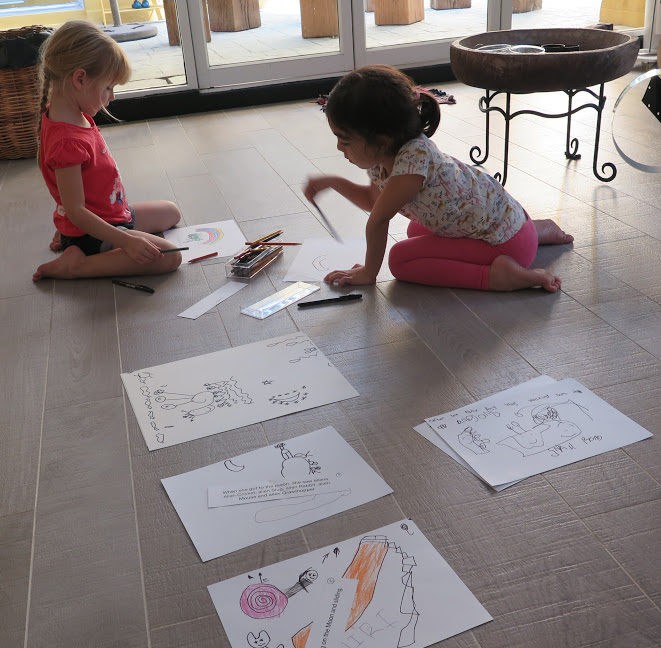
Music
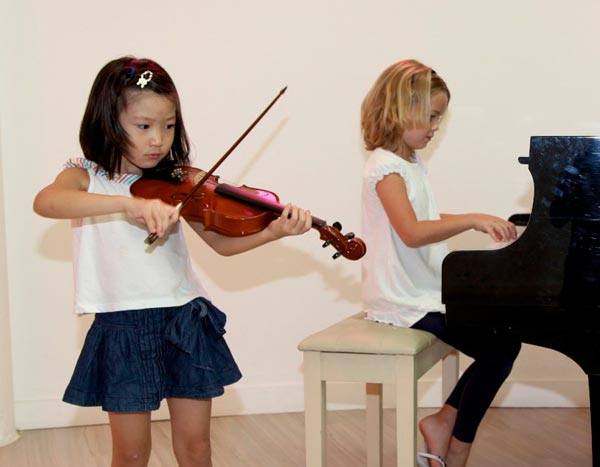
The curriculum continues to allow the children to experience all the elements of Music in an organic and fully integrated way. Singing games and chants enable children to develop their singing voices, movements for each song help children to feel a sense of rhythm and phrase structure alongside the development of fine and gross motor skills. Song topics are chosen to help children further their understanding of the world, and to enhance academic learning or project work.
Instrumental work enables the children to work creatively with different sounds, and to make qualitative judgments about those sounds. When playing un-tuned percussion and Orff instruments children are learning to keep a steady beat and to work as a team, building important social skills alongside their musical ones.
Health and Physical Education (PE)
In Kindergarten 2, children continue to discover various forms of movement; travelling in different directions, changing speed, balancing and finding new pathways. The programme also focuses on movement combinations where fundamental movement skills are combined with hand eye-coordination skills, weight transfer and balancing skills. Manipulation skills are also developed as the children work on their throwing and catching skills through a series of modified and challenging activities. Cooperative games and team challenges are incorporated where children develop their communication and social skills. Healthy habits and healthy living are also focussed on through the means of class discussion and active learning.

PROJECT OF Kindergarten 2
Landscapes & Narratives provide pedagogical concepts researched together with our K2 children as they combine their rational understandings of the world with the powers of their imagination.
Observation and documentation of interactions within the social and physical environment become the basis for their research and inspired their imaginative narrations. Multiple perspectives arise as hypotheses are suggested and reviewed and the physical ,emotional and sensory experiences of place imprint themselves on memory. Frequent opportunities to predict, investigate, estimate, imagine and classify different landscapes and collaborate, enable the children to wonder and question. Open-ended questions and invitations to try out predictions, empower the children to actively seek answers and develop new ideas. Interpersonal exchange with negotiation of conflicts and comparison of ideas and actions leads to creativity. The interconnections of creatures and their social communities became anthropomorphic narratives such as ‘The Snail Family Adventure” which also became a moral fable about the beauty of community and unity. “ The Gecko who lost his Tail” was a narrative using a classroom discovery as a provocation. The non-fiction genre of scientific, pattern books were also authored, inspired by observations and dramatic play. The Classroom Atelier became a space to transform oneself through play, drama or dance into an underground creature and participate in unfolding narrations with projections of the underground , it’s layers and textures. This underground space became a magical landscape to explore as an insect or minibeast would encounter the space , developing empathy and relationality with nature and its smallest communities.
The true identity of a space cannot be represented easily on a map, as it is not just the sum total of physical features, but a collection of experiences, memories and imaginations. Natural and built environments around us offer a multitude of experiences, aesthetic and scientific, social and ecological. Through tender listening and careful observations, children perceive and interpret their environments intertwining rationality and scientific thought with imagination. Encounters with diverse spaces and their inhabitants develop empathy and respect for diverse perspectives.
